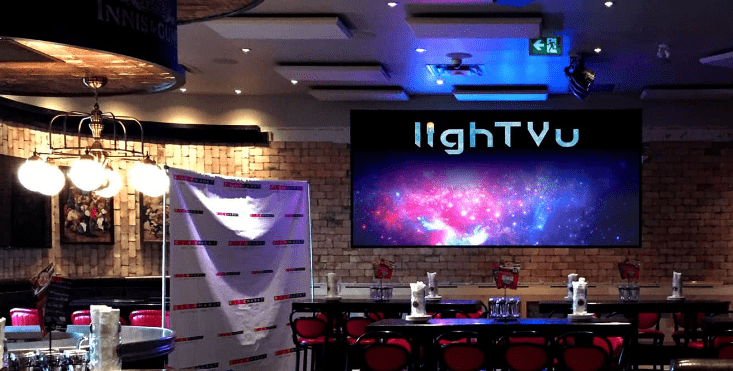Highlighting the Influence of Lighting Circumstances on Motion Identification Accuracy and Dependability
Illumination environments have a crucial impact in how well we can perceive motion. Movement detection is a key aspect of different systems, such as security cameras, automatic illumination systems, and even some video games. Understanding the ways various illumination environments affect our capacity to perceive movement can help enhance the design and efficacy of these technologies. For example, inadequate lighting might result in overlooked movements or incorrect alarms, while ideal illumination can boost the precision of motion detection systems.In well-lit lighting conditions, movement detection is typically more accurate. When there is ample light, sensors and cameras can capture clearer pictures, which helps in identifying moving objects. Well-lit conditions allow for better distinction between the dynamic element and the background. This contrast is essential for both visual observers and mechanical systems, as it makes it simpler to differentiate between stationary and moving objects in a scene. Thus, making sure that spaces are adequately illuminated can significantly enhance the performance of motion detection technologies.
Conversely, low-light environments can present difficulties for movement detection. In dim settings, shadows can hide dynamic objects, making them difficult to perceive. Additionally, the human eye struggles to perceive motion in low light, which can lead to misinterpretation of the situation in the environment. Cameras may also face challenges, as many do not perform well in low light without the use of infrared capabilities or other improvements. These limitations highlight the importance of sufficient lighting in environments where movement detection is critical.
Moreover, different types of illumination can have different effects on motion detection. For instance, neon lights can flash, which might mislead motion detection technologies that rely on steady light sources. On the other this hyperlink hand, daylight provides a steady form of illumination that improves visibility. Understanding these variations in lighting conditions can guide operators in selecting the most suitable illumination for specific uses, particularly in security and surveillance situations.

In summary, the relationship between lighting conditions and movement detection accuracy additional reading is important. By ensuring that environments are appropriately illuminated, we can improve the reliability of motion detection systems. This knowledge not only supports tech applications but also improves security and safety in multiple settings. As more developments are made in movement detection systems, considering illumination environments will remain a vital consideration in enhancing effectiveness and ensuring that these systems work effectively in different conditions.